Schwartz’s cory - Corydoras schwartzi
Scientific name: Corydoras schwartzi
Common name: Schwartz’s cory
Family: Callichthyidae
Usual size in fish tanks: 3 - 4 cm (1.18 - 1.57 inch)
014
Recommended pH range: 6 - 8
Recommended water hardness: 4 - 19°N (71.43 - 339.29ppm)
0°C 32°F30°C 86°F
Recommended temperature range: 22 - 27 °C (71.6 - 80.6°F)
The way how these fish reproduce: Spawning
Where the species comes from: South America
Temperament to its own species: peaceful
Temperament toward other fish species: peaceful
Usual place in the tank: Bottom levels
Food and Feeding
Schwartz’s Cory (Corydoras schwartzi) is an omnivorous bottom-dweller, feeding on a variety of foods in its natural environment. In the aquarium, they will readily accept high-quality flake food and sinking pellets, which should form the base of their diet. It is also beneficial to offer shrimp pellets and algae wafers to meet their nutritional needs. As a treat, provide live or frozen foods like bloodworms or brine shrimp once or twice a week to keep them healthy and active. These fish are most active during the evening, so feeding them in the evening will mimic their natural behavior.
Origin
Schwartz’s Cory hails from the freshwater rivers and tributaries of South America, particularly in Brazil. They inhabit areas with slow-moving waters, soft substrates, and dense plant cover, which provides them with shelter and feeding opportunities.
Sexing
The females of this species are larger and have a rounder, more robust body, particularly when carrying eggs. Males are slightly smaller and have proportionally larger pectoral fins. These differences are most noticeable when viewed from above, making it easier to distinguish the sexes, especially during the breeding season.
Breeding
Breeding Schwartz’s Cory in the aquarium is possible and follows a similar pattern to other Corydoras species. Spawning is often triggered by cooler water changes, simulating the rainy season. During spawning, the female carries a few eggs between her pelvic fins and deposits them in hidden, safe locations, repeating the process until she has laid around 100 eggs. The eggs will hatch in approximately 3 to 4 days, and once the fry become free-swimming, they should be fed newly hatched brine shrimp or finely crushed fry food for healthy growth.
Lifespan
With proper care, Schwartz’s Cory can live for up to 5 years. Maintaining stable water conditions, offering a balanced diet, and providing a peaceful environment will help ensure they reach their full lifespan.
Tank Setup and Environment
Schwartz’s Cory prefers the bottom levels of the aquarium, so a soft substrate like sand or fine gravel is essential to protect their sensitive barbels. A tank of at least 40 liters (10 gallons) is recommended for a small group of 5 or more individuals. The water temperature should be kept between 22-27°C (71.6-80.6°F), with a pH range of 6 to 8, and a water hardness of 4-19°N (71.43-339.29 ppm). These fish appreciate a well-planted tank with plenty of hiding spots, such as plants, driftwood, and rocks. Schwartz’s Corys are peaceful and social, so they should be kept in groups to encourage natural behaviors and reduce stress.
Compatibility and Tank Mates
Schwartz’s Cory is a peaceful species, making them ideal for community tanks. They are compatible with other non-aggressive fish like Neon Tetras, Guppies, and Honey Gouramis. Avoid housing them with larger, aggressive fish that may see them as prey or harass them. These Corydoras are happiest when kept with other peaceful species and will thrive in a calm, well-maintained environment.
Short Description
Schwartz’s Cory (Corydoras schwartzi) is a small, peaceful catfish native to South America. Known for their calm temperament, they are perfect for community aquariums and should always be kept in groups of at least 5. These bottom-dwellers prefer soft substrates, such as sand, and enjoy hiding among plants and rocks. With a lifespan of up to 5 years, they are hardy fish, but they require stable water conditions and regular care to thrive.
Pictures
Bought by aqua-fish.net from jjphoto.dk.
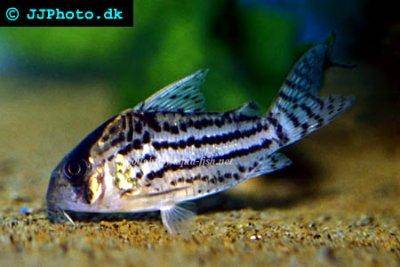




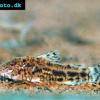 Aspidoras
Aspidoras 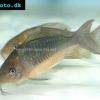 Giant
Giant 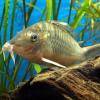 Hognosed
Hognosed 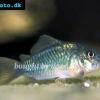 Emerald
Emerald 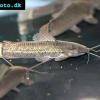 Cascarudo
Cascarudo 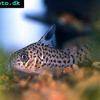 Acre
Acre 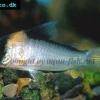 Adolfo’s
Adolfo’s 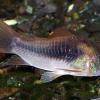 Bronze
Bronze  Agassizii’s
Agassizii’s 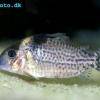 Spotted
Spotted 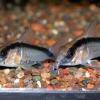 Skunk
Skunk 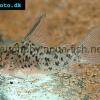 Corydoras
Corydoras 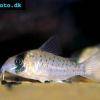 Fairy
Fairy 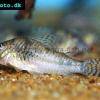 Corydoras
Corydoras 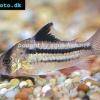 Pink
Pink 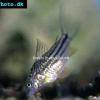 San
San 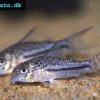 Bond’s
Bond’s 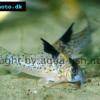 Spotted
Spotted 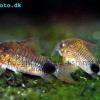 Tailspot
Tailspot 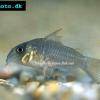 Concolor
Concolor  Cope’s
Cope’s  Sand’s
Sand’s 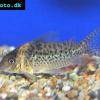 False
False 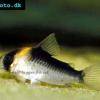 False
False 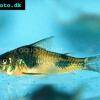 Ehrhardt’s
Ehrhardt’s 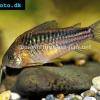 Elegant
Elegant 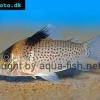 Saddle
Saddle 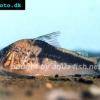 Fowler’s
Fowler’s 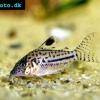 Gomezi
Gomezi 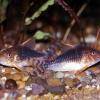 Palespotted
Palespotted 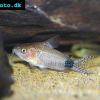 Guapore
Guapore 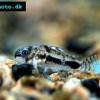 Dainty
Dainty 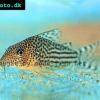 Mosaic
Mosaic 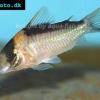 Imitator
Imitator 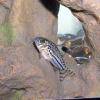 Julii
Julii 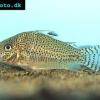 Leopard
Leopard 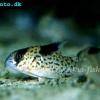 Black
Black 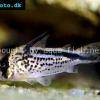 Slant-bar
Slant-bar 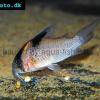 Bluespotted
Bluespotted  False
False 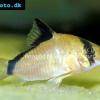 Bandit
Bandit 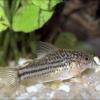 Mini
Mini 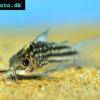 Napo
Napo 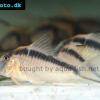 Corydoras
Corydoras  Blue
Blue 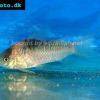 Nijssen’s
Nijssen’s 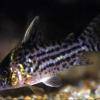 Ornate
Ornate 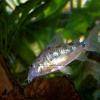 Peppered
Peppered 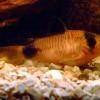 Panda
Panda 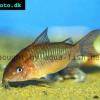 Albertini
Albertini 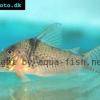 Pastaza
Pastaza 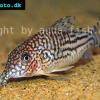 Corydoras
Corydoras 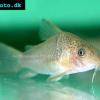 Many-spotted
Many-spotted 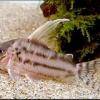 Pretty
Pretty 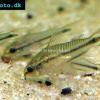 Dwarf
Dwarf  Iridescent
Iridescent 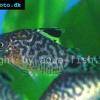 Reticulated
Reticulated 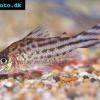 Bannertail
Bannertail 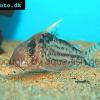 Robust
Robust 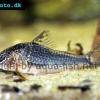 Black
Black 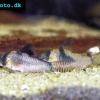 Longnosed
Longnosed 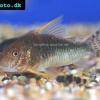 Seuss’
Seuss’ 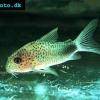 Smudge
Smudge 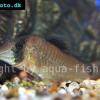 Masquerade
Masquerade 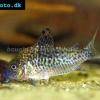 False
False 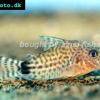 Millenium
Millenium 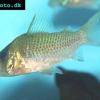 Pinkthroat
Pinkthroat 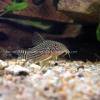 Sterba’s
Sterba’s 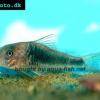 Longsnout
Longsnout 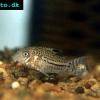 False
False 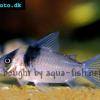 Miguelito
Miguelito 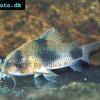 Twosaddle
Twosaddle 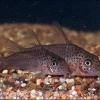 Xingu
Xingu 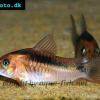 Black
Black 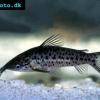 Porthole
Porthole 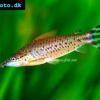 Flagtail
Flagtail 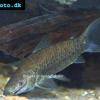 Brown
Brown 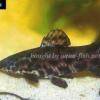 Spotted
Spotted